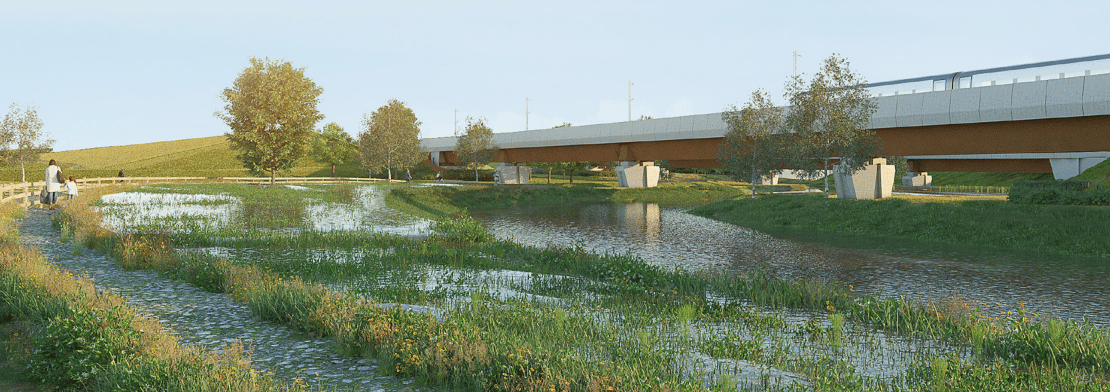
LGV High Speed II
The Balfour Beatty VINCI joint-venture is responsible for the design and construction of part of Europe’s most ambitious rail project: HS2…
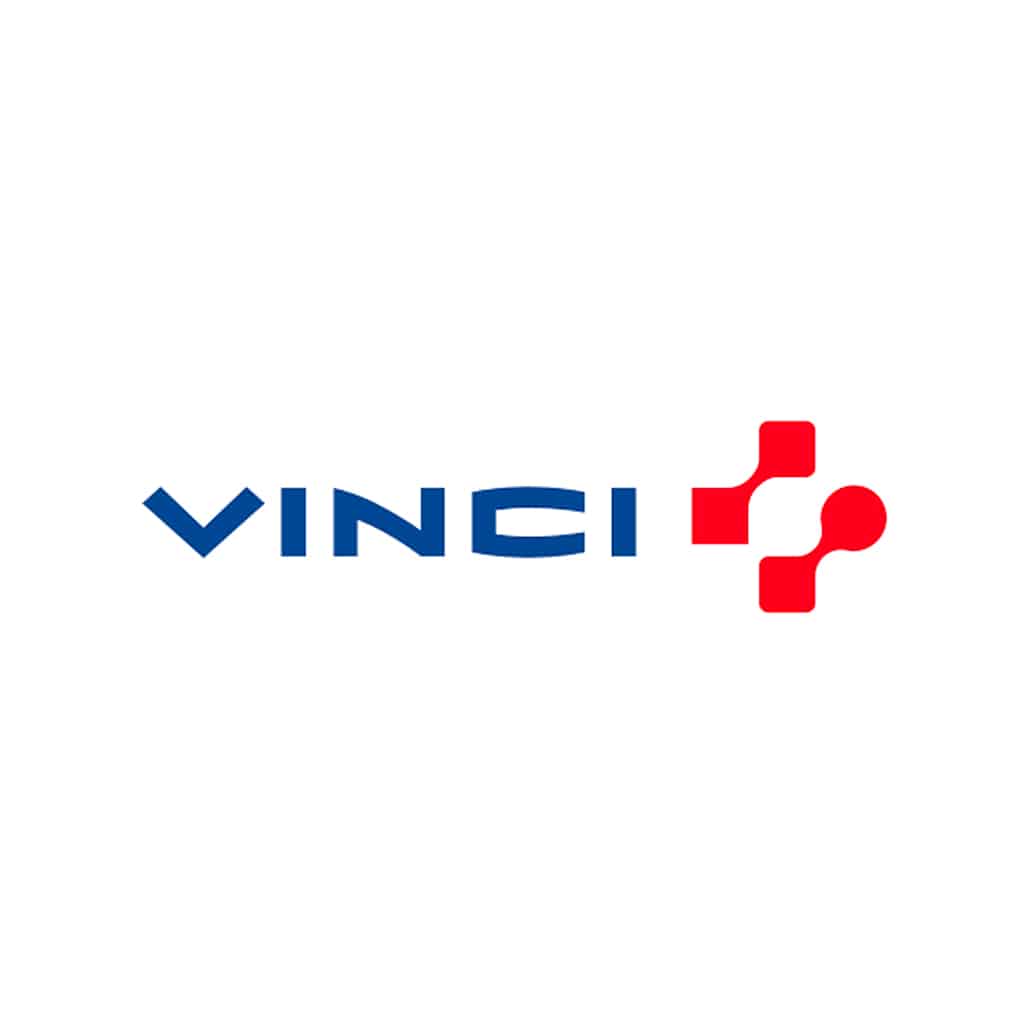
To substitute fossil fuels used to heat buildings with heat captured (and potentially stored) by Power Road® pavements.
In France, the building sector absorbs almost half of final energy consumption. Nearly two-thirds of this energy is used for heating, with two-thirds of that share obtained by burning fossil fuels, which produce high greenhouse gas (GHG) emissions. In this context, public authorities are partly directing the development of renewable energies towards heat production.
By capturing renewable heat produced by the sun’s rays, Power Road® can contribute to this transformation thanks to a high level of efficiency – up to 25% of the sunlight received over the course of one day.
Roads and streets are great solar collectors. Their surface temperature can reach over 60°C in summer. With the Power Road® process, up to 25% of this renewable thermal energy can be recovered to heat nearby buildings and equipment.
To take advantage of this significant source of renewable thermal energy which has hitherto been untapped, Eurovia has developed the Power Road® process with the support of renowned institutional partners (ADEME, CEA Tech, Gustave Eiffel University, Cerema, BRGM, etc.).
Thanks to Power Road®, the road surface operates as a high-performance collector, capable of partially recovering solar thermal energy. The principle is simple: the road surface captures the heat of the sun’s rays, stores it and reuses it to help heat the surrounding buildings and infrastructure.
With this process, up to 100% of heating needs can be covered. A road surface incorporating Power Road® technology features all the mechanical, durability and recyclability characteristics of conventional paving.
Power Road® solutions can adapt to different needs and form part of a bespoke project, as they:
Help to mitigate the effects of urban heat islands
on which the project has a significant impact
Scope 1 – Construction of the Power Road.
Quantification : Construction of 1 km of dual-lane Power Road®: 175 tonnes CO2eq emitted.
Avoided Emissions – Fossil fuels used for heating buildings are replaced with heat captured by Power Road® technology.
Quantification : Emissions reduced by over 80% compared to a gas boiler.
In France, average energy consumption for heating buildings is associated with an emission factor of 79 kgCO2eq/MWh (RE2020 projection) for electric heating and 240 kgCO2eq/MWh for gas heating (ADEME 2018 database). Two-thirds of housing units are heated using fossil fuels.
Over its entire life cycle, it is deemed that one kilometre of Power Road® installed across two traffic lanes will:
The final emission factor of Power Road® is approximately 30 kgCO2eq/MWh (minimum useful life of 25 years), thus saving 210 kgCO2eq/MWh: Power Road® results in CO2eq savings of over 80% compared to a gas solution.
1,420 sq. metres of Power Road® have been implemented in the Caen area (Normandy); the system produces 270 MWh/year and avoids emissions of nearly 55 tCO2eq/year (based on the assumptions above).
4,6 M€
October 2017
France, Czech Republic, Quebec, United Kingdom
Power Road® contributes to the following SDGs:
There is unlimited potential for the replication of Power Road®, as the energy recovered by the system is suitable for use in all types of facilities (schools, public buildings, homes, office buildings, sports facilities, etc.). Since Power Road® replaces fossil fuels wherever it is installed, its CO2 impact can be measured for each project.
Eurovia has committed human and other resources to developing Power Road® (building up a technical sales network, providing technical expertise for performance monitoring).
The success of this project depends on:
The commitment of the French and European authorities to support the development of Power Road® technology through simple and reliable subsidy programmes (French Renewable Heat Fund, ERDF, energy savings certificates…).
Supervision and performance optimisation were carried out with start-up Accenta.
power-road@eurovia.com

The Balfour Beatty VINCI joint-venture is responsible for the design and construction of part of Europe’s most ambitious rail project: HS2…
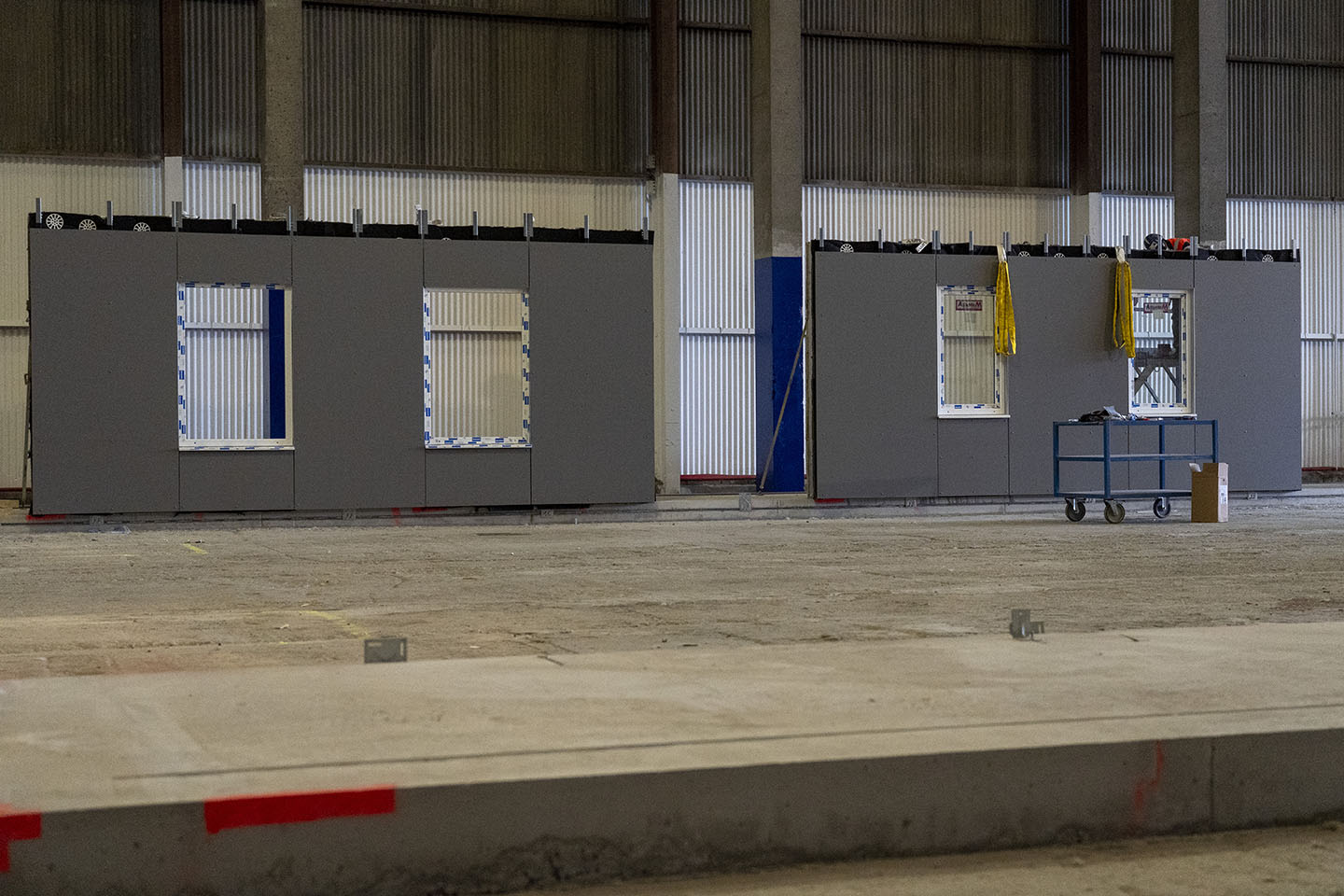
Simple, economical, fast and durable, REHASKEEN® makes it possible to industrialise and accelerate the renovation of energy-intensive buildings…
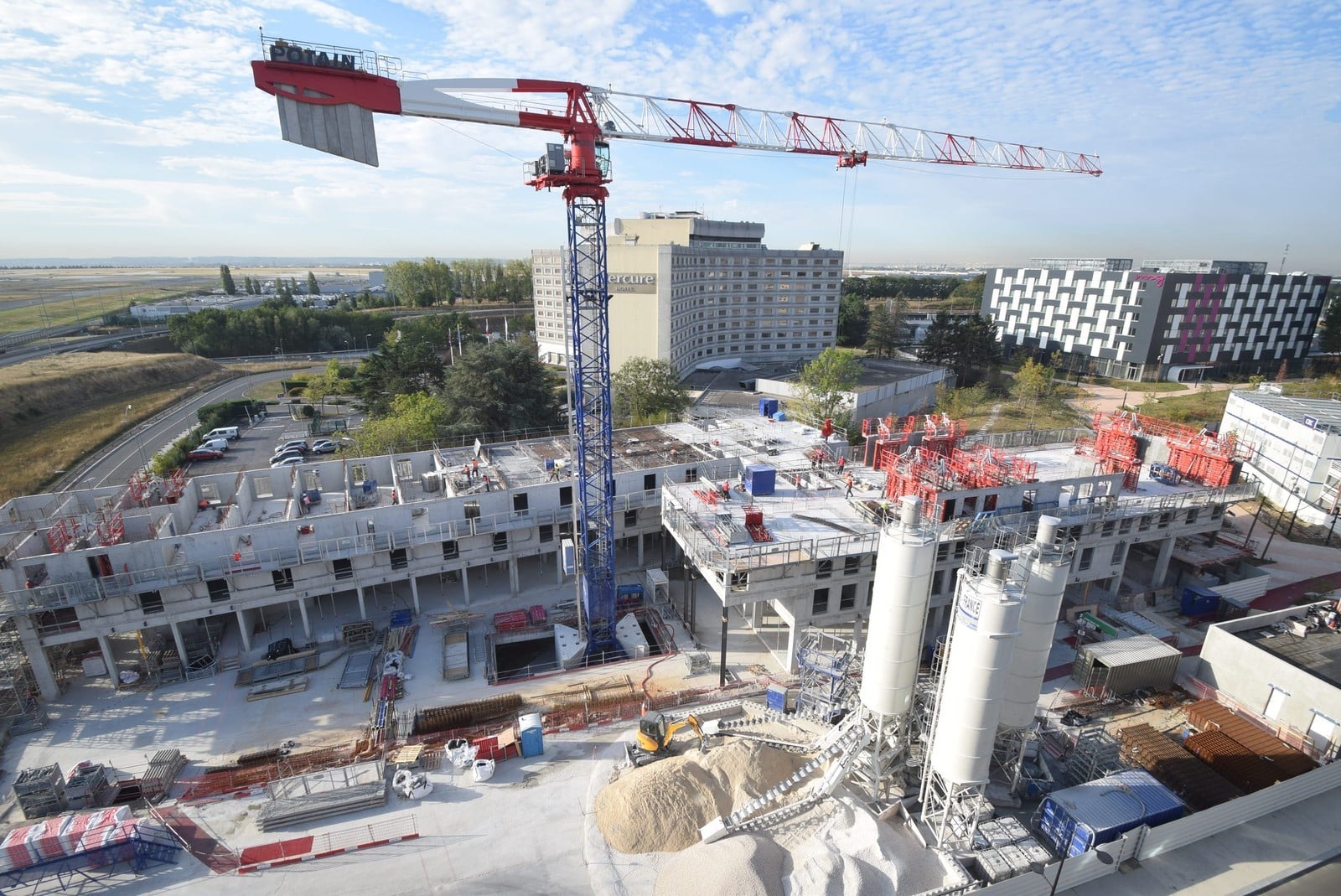
VINCI Construction is stepping up the pace of sustainable construction by promoting types of concrete with lower carbon emissions. With the launch of its new Exegy
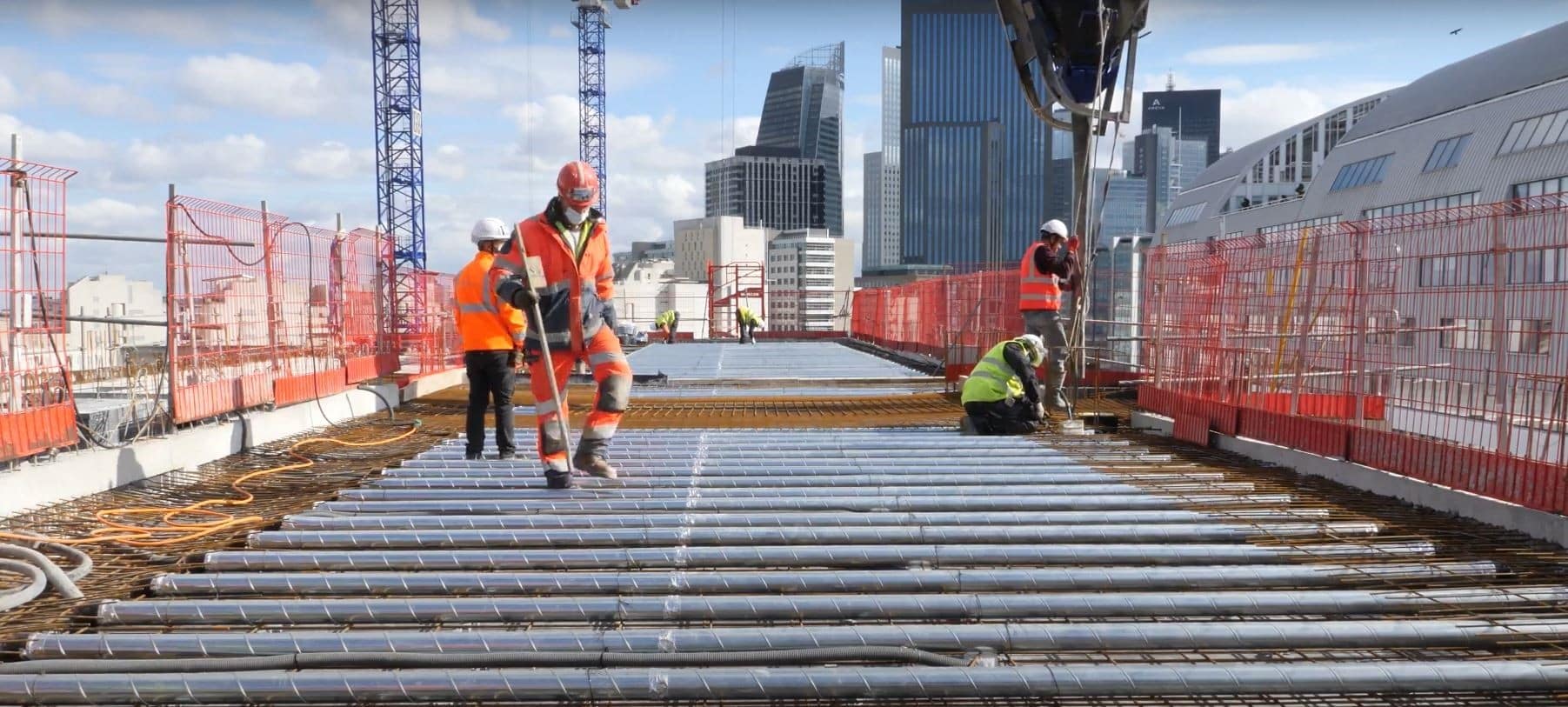
The Greenfloor solution deployed by Vinci Energies’ subsidiary I.C. Entreprise reduces the amount of energy used to regulate the temperature of buildings.
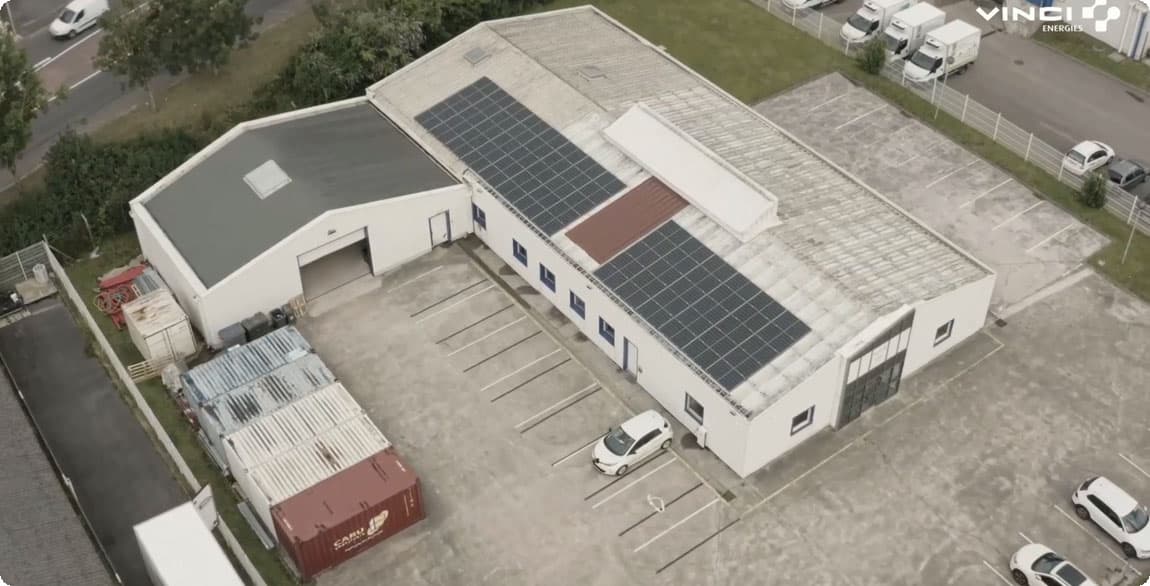
Deployment of an integrated charging solution for electric vehicles powered by renewable energy.
AFEP (Association of French large companies) is an association representing 111 of the largest companies operating in France. It participates in the public debate with the ambition to provide pragmatic answers in favour of the development of a competitive and sustainable French and European economy, conducive to the growth of all companies.